The auto apocalypse is here and cars are going extinct
Science
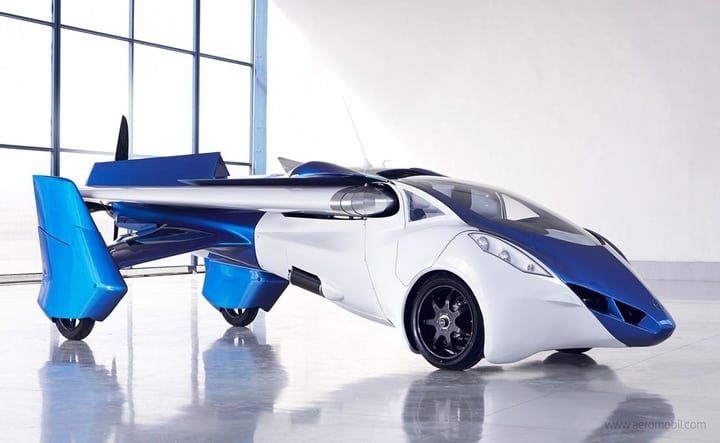
1. The Earliest Automobiles
gonizamabad
There are few technological innovations that have changed the human landscape more than cars. From the earliest steam- and petroleum-fueled automobiles to the first fully electric Tesla, cars have changed the way we work, travel, and move around the globe. But this ubiquitous technology is on the way out. Innovations in how we communicate, shop, and work online are changing our interactions with the automobile industry. Fears about the climate are compounding this interaction, motivating us to allocate our attention toward alternative means of travel. Our future, in other words, might be car free.
The earliest cars came around the beginning of the 19th century. This is a time at which engineers and scientists were experimenting with different types of engines. During these nascent beginnings, you could get a car—if you could afford it—that was powered by steam, gas, or electricity.
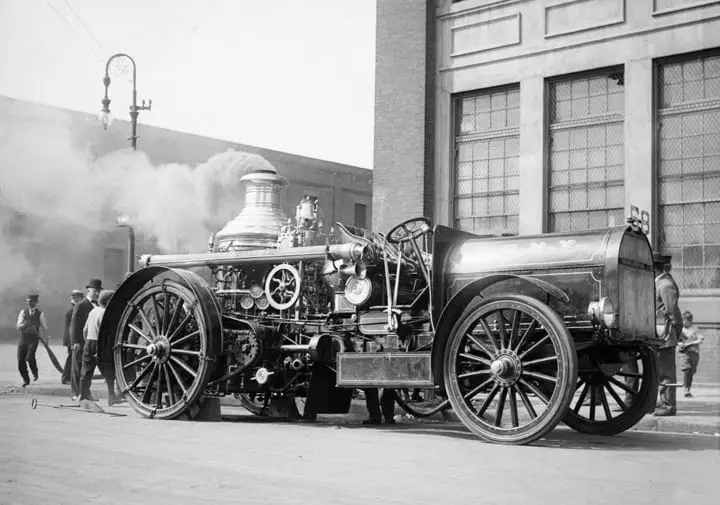
Skyscraper City
Since none of these engines were drastically better than any other, the market didn’t necessarily favor any one particular style. You could get a gas engine, say, and the benefits wouldn’t outweigh those of a steam engine. The tech elites of the time, however, did have some preferences of their own.
2. Initial Preferences
The earliest preferences in the car market were for electric cars. Thomas Edison had claimed they had a superior engine and would ultimately rule the market. Ferdinand Porsche felt a similar sentiment. He manufactured one of the first electric cars in 1898, long before gasoline cars absorbed the market.
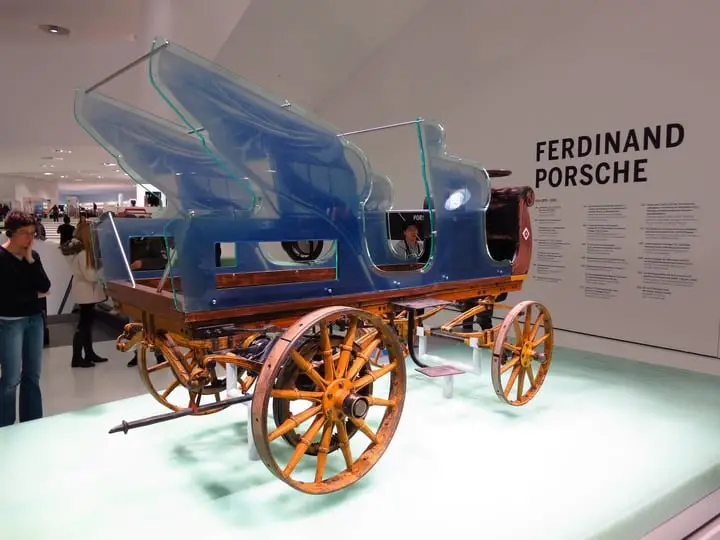
Interesting Engineering
This preference was short lived, however, because a more affordable option quickly came to the scene. While it would take a few decades for this option to totally erode the soil beneath other, competing markets, the world of automobile travel would eventually concede to its this car. This car was the Model T.
3. The Model T
The Model T changed the world of automobiles. First introduced in 1908, this petroleum-fueled vehicle was crafted to be affordable to more than just the upper class, bourgeois, aristocrats. Ford, the mastermind behind this car’s genius, worked tirelessly to create manufacturing practices that would enable the car’s cheap production.
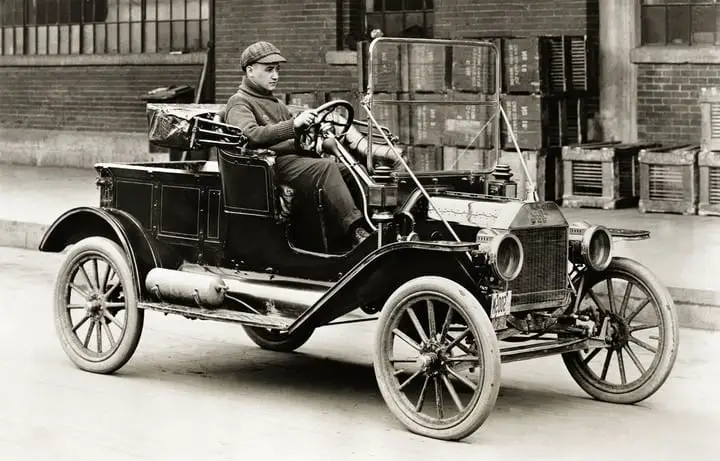
Unusual Cars
His tactics worked and spread the Motel T to most classes of citizens, from farmers to bankers. This omnipresence helped solidify the supremacy of the gasoline-powered car for most of the 20th century. And with the ubiquity of the gasoline-powered car came the construction of highways, gas stations, and other infrastructure necessary for travel.
4. Highway to Mobility
Another factor that shifted market focus toward the gasoline-powered engine was the construction of interstate highways and fill-up stations. These changes made travel especially easy for gasoline-powered cars, since fill-up stations were only structured for cars powered by gasoline. This, in tandem with the manufacture of cheap cars, made the reign of any other type of vehicle nearly impossible.
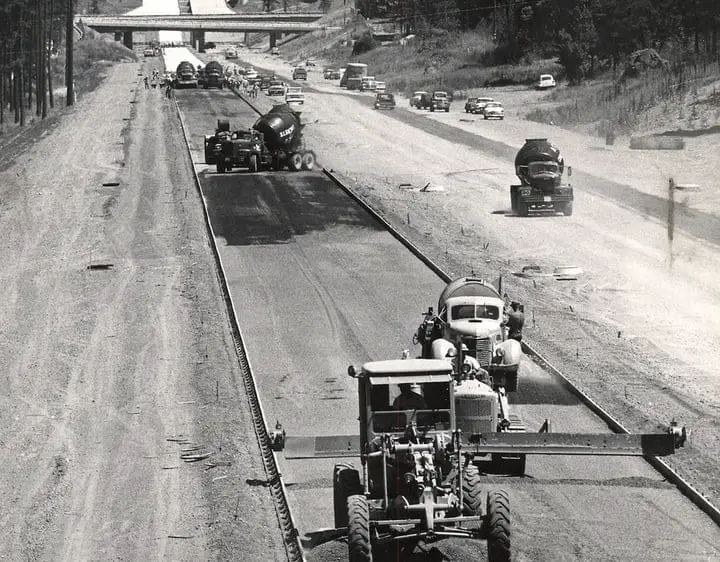
AirStream Clipper
These changes left the market strongly oriented in the fossil-fuel-powered direction. So, despite the fact that many tech pioneers may have preferred the electric engine, the changing world was built around these new, cheaply manufactured cars. It wasn’t until we sufficiently redeveloped battery-powered engines that this supremacy began to recede.
5. Gas Vs Electric
After Ford’s Model T, many features of the electric engine didn’t seem capable of satiating the needs of the consumer. Electric cars, for instance, had to be charged every 50 miles or so, severely hampering their practicality as a vehicle for daily commutes. This impracticality was consistent throughout the majority of the 20th century.
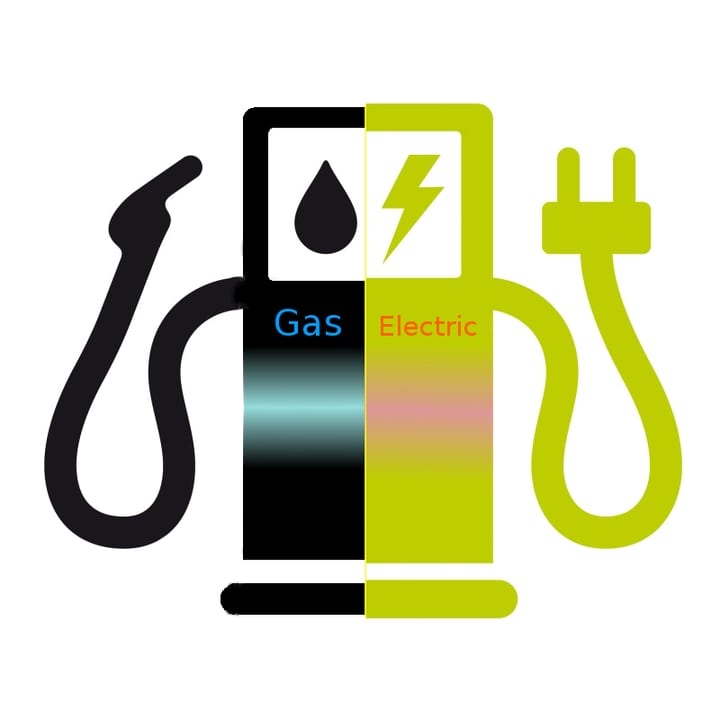
Compare Factory
Gas-powered engines, on the other hand, could travel much farther with fewer obligations to fuel in-between. You could drive to the market, then, and make it back home with plenty of gasoline left to spare. This disparity continued until the turn of the 21st century, when battery technology became effective enough to start building electric cars.
6. The Toyota Prius
While gasoline-powered cars continued their reign for the majority of the 20th century, their supremacy began to fray as the 21st century moved closer. One of the primary reasons for this change was the Toyota Prius, a practical solution to many of the problems associated with earlier iterations of the gasoline-battery hybrid.
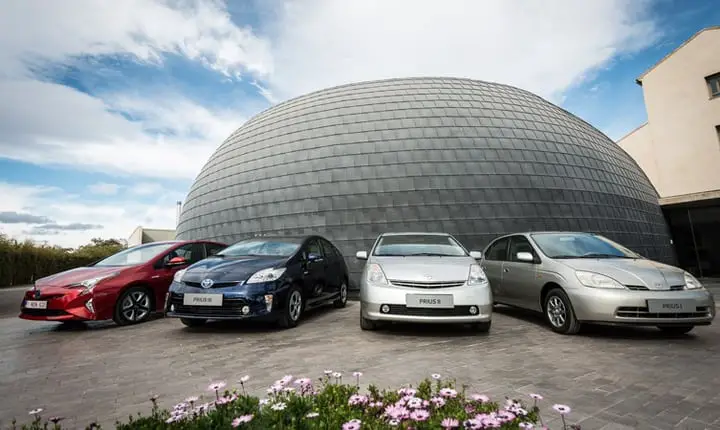
Toyota
First launched in Japan in 1997, the Prius became a hot seller among many, bringing an increased number of miles per gallon along with a roomy four-door body. The Prius changed the market by showing that electric cars could be just as affordable and practical as those fueled by gasoline. And then there was Tesla.
7. Tesla Motors
Another major milestone in the resurgence of electric cars was Tesla Motors. Launched by tech pioneer Elon Musk in 2006, the company’s goal was to build a fully electric luxury car that would avoid the problems associated with earlier attempts at a fully electric engine. Their attempts worked.
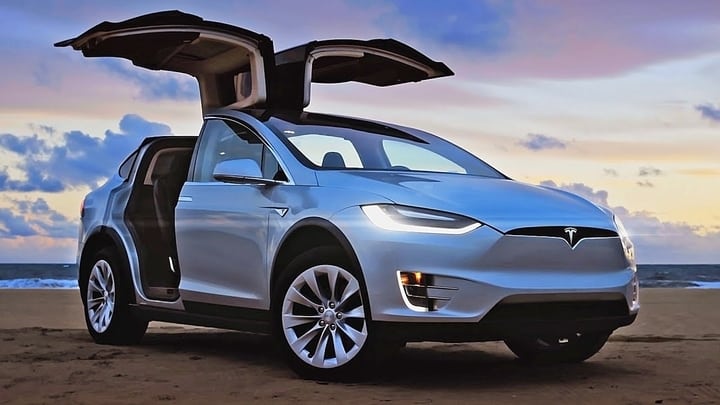
CleanTechnica
Creating luxury electric cars was a strategy that helped amplify the popularity of a fully electric engine. The market, in other words, was now opening up on both ends–i.e., the luxury market and the entry-vehicle market. This cracked the door even further for other electric cars like the Nissan LEAF and Chevy Volt to fill the market.
8. Hybrids
Hybrid cars combine the mechanics of a gas engine with that of an electric. This affords them many benefits over the traditional fully gas engine. First off, it enables them to function primarily via battery. Then, once the battery life gets low, they can switch to gasoline. This allows a majority of the travel to get powered by battery life.

Motor Trend
The duel capacity of the hybrid engine afforded it a greatly increased fuel efficiency, saving the customer both money and gas. These hybrids were the first primarily battery-powered cars to kick open the door for electric engines. It’s this initial shift toward hybrids that made companies like Tesla possible.
9. Fully Electric
One of the major setbacks to going fully electric was the disparity in how much energy you could get from fossil fuels as opposed to batteries. It would take 1,000 pounds of batteries, for instance, to yield the same amount of energy as one gallon of gasoline. This massive disparity is just one of the roadblocks electric cars had to navigate.
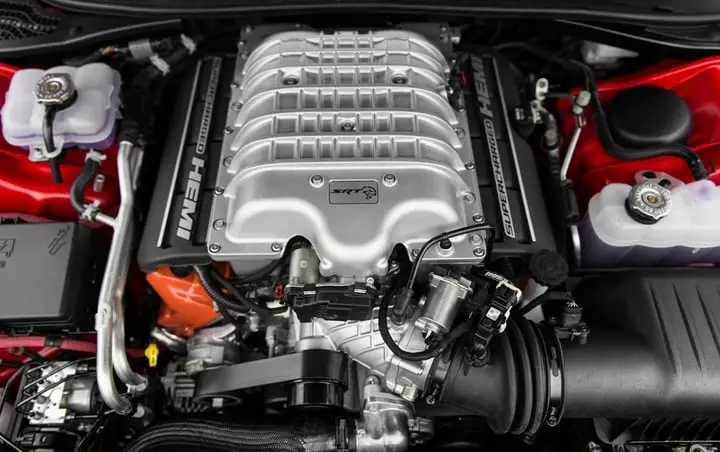
United Cars
Priuses, however, and then Tesla, showed that this roadblock could be overcome. And this allowed battery power to receive more attention as a replacement for the gasoline-powered cars. Now with these newly fashioned battery-powered engines, there are many unseen benefits that are now realized.
10. Weight and Efficiency
Electric cars provide several hidden benefits over that of the ol’ petroleum-filled engine. One of these benefits is that they’re extraordinarily light weight. What this means is that the car won’t take as much energy to travel, because they have far fewer heavy parts to weigh them down. This lightweight engine compounds what you’ll save in gas mileage.
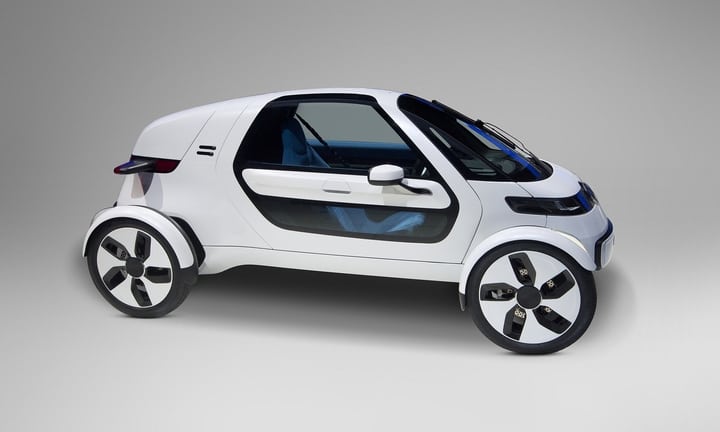
HowStuffWorks
So long as the battery and engine have enough power to move the car, the lighter weight allows for increased gas mileage and fuel efficiency—one of the major benefits of going electric. Despite this hidden benefit, not all features of the electric car are the bee’s knees. One such problem is the scarcity in elements used to build the engines themselves.
11. Finite Resources
One often overlooked problem with electric cars is the composition of their battery. Many, for instance, are built with finite resources like cobalt. Such decisions for composition limit the longevity these batteries will have into the future. What this finitude entails is that mass production might lead to a shortage and thereby stifle the market.
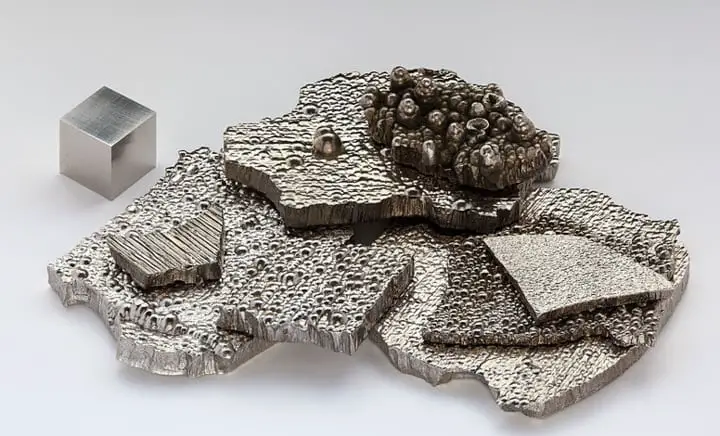
Masters of Trivia
Fortunately for everyone, there are many alternatives—and many more emerging—to the cobalt battery. This increasing diversity in composition combined with the sheer volume of investments into the electric car market will keep batteries evolving, multiplying, and diversifying the number of available options.
12. New Stations
Another major impediment—one we mentioned earlier—to traveling in electric cars has been the lack in charging stations. Unlike the omnipresent gasoline pump, there have been relatively few electric charging stations for the battery-powered car. This paucity in power for the electric car has begun to change in the last few decades.
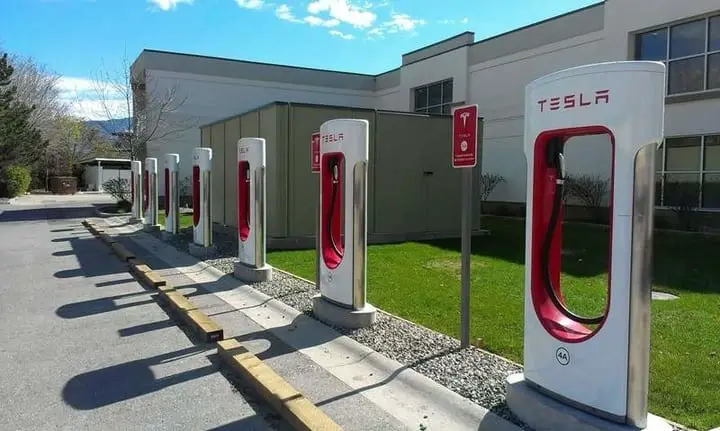
ICS Engineering Inc.
Along with the burgeoning presence of electric cars has risen the prevalence of electric battery charging stations. This trend, like what happened with the earliest gasoline-powered cars, will help the spread of battery power into the rest of the market. While the number of charging stations isn’t that great, it is an early sign that the market is changing.
13. Driverless
Another shift we’re seeing in the car market is the switch to automation. Driverless cars are being piloted by Tesla, Uber, Google, and other tech giants at the vanguard of innovation. These driverless cars are stripping us apes from behind the wheel and putting no one in their place. Ultimately, this is likely good for our safety and time.
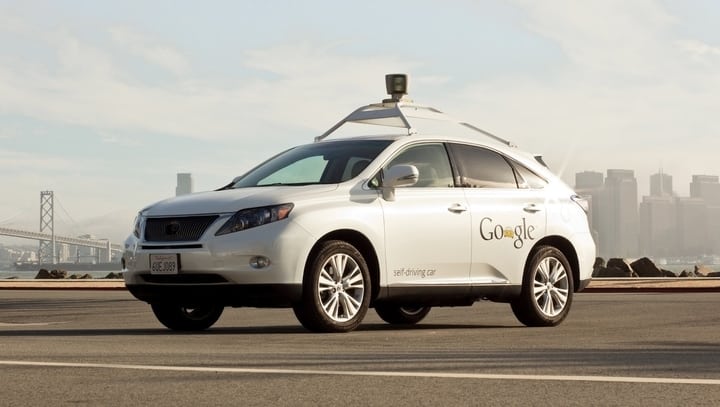
Tech.co
While these companies are still trying to work out the kinks, the technology doesn’t seem far off. Many have predicted that the next few decades will see the death of the human-driven car. This transformation to automation will yield a litany of useful changes in our daily routines.
14. Freed Time
Driverless cars offer many benefits to those who would use them—and even for those who don’t. For one, they would free up the time you spend traveling to be used more productively. Instead of actually driving, for instance, you could be reading, sleeping, or getting work done on your laptop.

Inverse
This increased allotment of time would make time spent in transit less about moving and more about doing what you want. This change in our relationship to the wheel will likely place cars in the periphery of our public transport system, moving them further and further from their current place of necessity.
15. Cost Effective
Autonomous cars, when paired with the growing prevalence in ride-sharing technology, are considered much cheaper than buying a new car for yourself. In the long run, the reasoning goes, they’ll save you more than your initial investment of tens of thousands of dollars by costing only something like a few bucks (or less) anytime you want to make it to the market.

WTF Finance
This cut in cost will decrease the need people feel to own cars, since sharing them will be so cheap. Such a shift toward automation will lighten traffic loads on the street, carbon pollution, and many of the other follies associated with our current gasoline-powered vehicle prevalence.
16. Problems on the Autonomous Front
Unfortunately for the world of autonomous cars, not all has gone as planned. The cars have gotten into accidents, killed pedestrians, and taken other troublesome paths that have made it slightly difficult for the cars to go mainstream. So long as these problems keep emerging, it’ll be difficult for the cars to take the hold they need to take over.
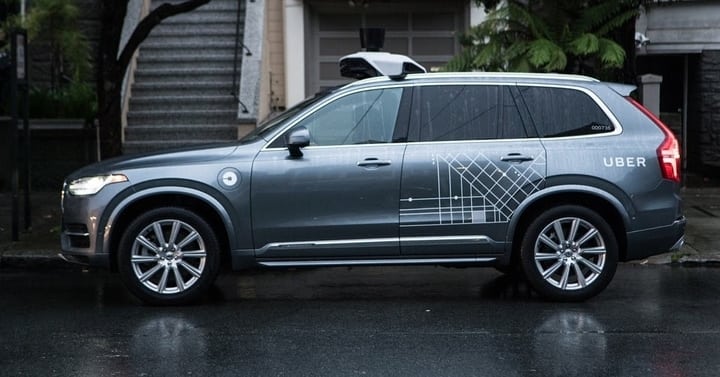
Carscoops
A recent crash in Arizona with Uber’s driverless car division, for instance, has led to the cancellation of many different driverless car programs–the cities are worried about the safety of the cars, and rightly so. The result is a setback the burgeoning market of autonomous cars would be better off without.
17. A Dying Industry
There was a time when people would buy cars from a lot. We’d navigate to one of the more interesting parts of town, get approached by a slick (or slimy, depending on your view) salesperson, and the rest would be history. We’d buy something we like, and move on with our day. In the modern day, such habits are dying.
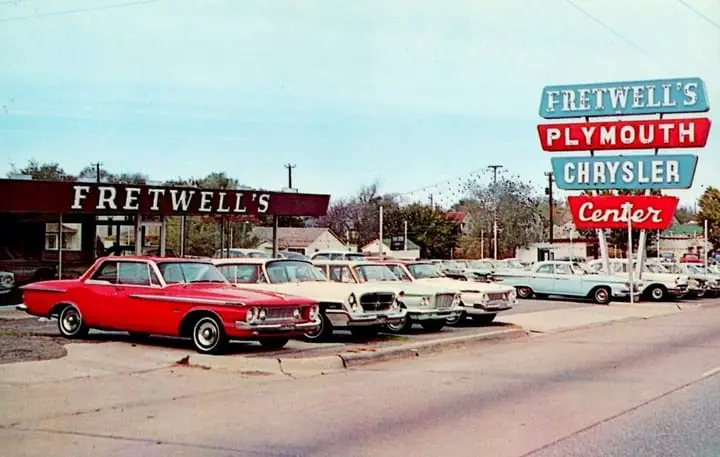
Flickr
With the advent of online shopping, the car lot approach has been waning and waning fast. People can now customize their purchases online, getting exactly what they want. Then, they can even have the car delivered to their home. Such abilities are rendering the car lot and its closely-related kin obsolete.
18. A Dying Interest
Another factor contributing to the death of the automobile is interest. The number of people getting licenses has been in steady decline since the 1980s, and this trajectory is hypothesized to continue with the growing prevalence of ride-sharing technology. The ability to drive, then, will fade along with the car lot.

The Daily Beast
The more advanced and ubiquitous these new technologies become, or so the reasoning goes, the more cheaply it will be to Lyft or Uber to work, Starbucks, soccer practice, or law school. As the number of people who get licenses declines, the need for cars as personal transport will, too.
19. Non-collectable
Even collectible cars are on their way out. Millennials express less interest in novelty cars, and this tendency is in part exacerbated by their growing inability to operate and/or maintain them. How many people do you know that can still drive a stick? The number is probably decently high, but you can see why it’s in decline.

Autosweblog.com
Collectible cars often have manual transmissions, and the growing number of new tech features in cars—from things like automatic parallel parking to GPS—increase the gap between old tech and new. This growing disparity makes it more difficult for the new generation to operate older cars, making them both less interesting and less practical.
20. Cars Are Cancelled
Ford has recently signed into reality a contract to stop manufacturing cars all together (except for their popular Mustang). The reason behind this decision is that the actual car market is heavily biased in favor of Japanese best-sellers like the Honda Accord. Because of this, they don’t see profit in the continued manufacture of Ford cars.
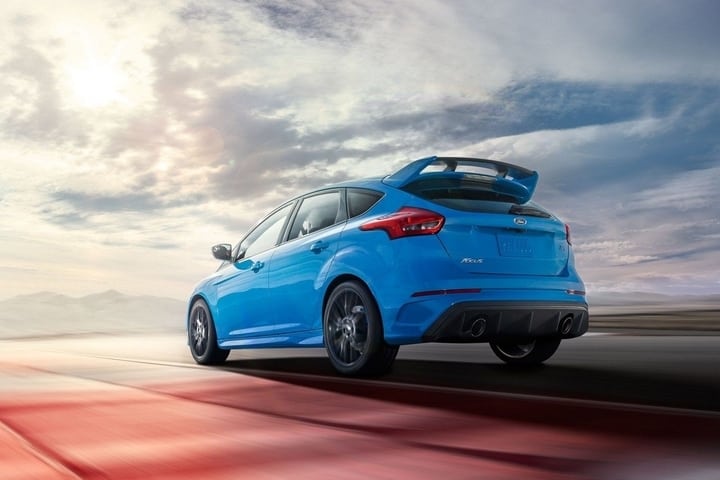
Ford
This same decision is similarly being implemented by other car manufacturers. Conceding the market to other, more popular sellers is becoming the trend. While this doesn’t necessarily mean the end of cars, it does mean an end to those that are American-produced. Another straw on the camel’s back.
21. Concerns About Climate
Concerns about climate are similarly encouraging drastic changes in the market. Germany, for instance, made tremendous progress toward their goals for a reduced carbon footprint, but realized they’d be unable to reach their goals without drastically reducing the number of cars they have on their roads.

ThinkProgress
NASA agrees, saying that most attempts to reduce carbon dioxide emissions into the atmosphere cannot be reached without cutting gas-emitting cars from the equation. This clear problem has increased the need many feel to create more affordable electric cars for the majority of the population. Fortunately, the market is making strides in this direction.
22. Industrialization
Industrial polluters like concrete factories and the like are not as great a problem for global warming because they emit a sizable number of coolants as well. This means that their net contribution to global warming is lower than that for cars, trucks, and other automobiles that emit a disproportionate amount of CO2.

Science News for Students
This is another reason cars are likely to decrease in number as we wade into the 21st century—they are the greatest net polluter of all, and are likely the first to go as we get more serious about climate change. What’s worse is that this pollution, other than destroying our atmosphere, is literally toxic to our lungs.
23. Death and Pollution
The emissions from cars cause direct harm to the human respiratory system. Other than the known deaths from automobile crashes, there are an estimated 53,000 pollutant-related deaths per year, and this number is likely only to increase as the number of gasoline-powered cars continues to increase.

Mashable
To assuage the damage these cars and their affiliated pollution impose, we have to cut back their manufacture to a fraction of what they are for current practice. This is what Germany has set out to do, and it’s what many other countries will do as the problems associated with climate change and pollution only grow more severe.
24. Regulations
Because of the growing fear of climate change and the ways in which cars contribute, the EPA is instantiating measures for all new cars, trucks, and SUVs. These new measures will require an increased fuel efficiency and stricter set of regulations for what comes out of the tailpipe.
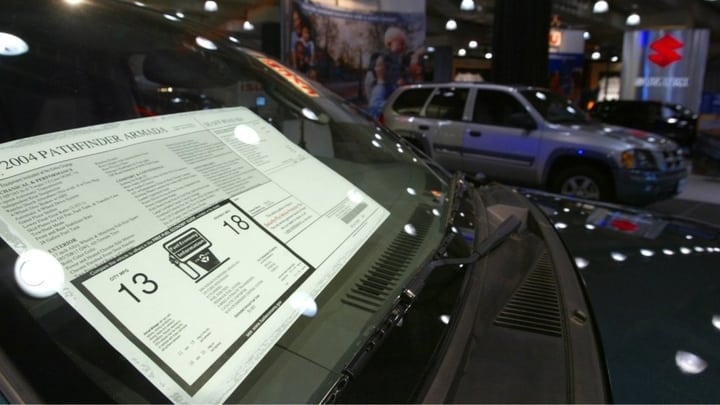
Grist
These new regulations will further push the market towards electric cars and hybrids, since they emit far fewer environmental pollutants like CO2. And this push, in turn, will continue to transmogrify the market from its current focus on petroleum to a more modern focus on batteries and hybrids. The manufacturing process for these standards is improving, but even greater efficiency will be the goal for auto makers going forward.
25. The Future of Transport
But beyond the shift to electric and other types of engines, many people are transitioning out of the world of cars entirely. We’re building underground tunnels, recreational spaceships, and even flirting with the idea of flying cars. These new modes of transport might render the car as an entity completely obsolete.
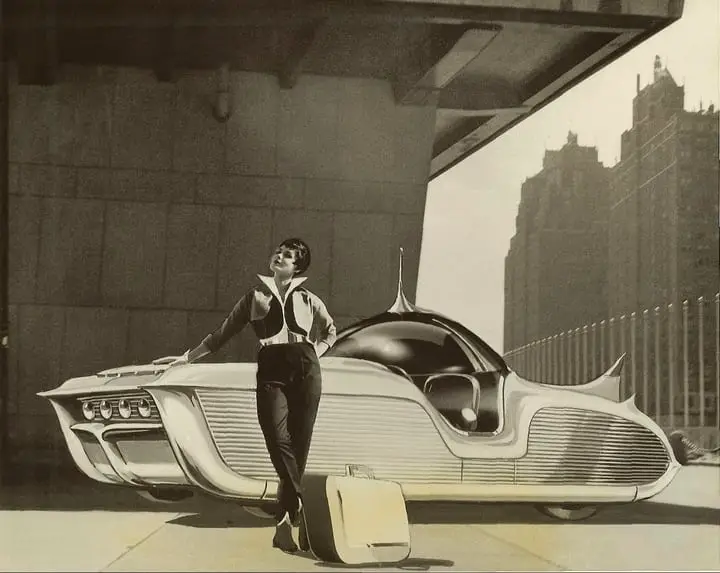
Old Concept Cars
Such futurism paints a picture of a world in which travel from point A to point B can be done via air, sea, or underground. These new methods of transport are sure to be the final nail in the coffin for cars and their close relatives. While it’s hard to say exactly what will happen to the market, it is likely that these changes will push cars further into the past.
26. A Boring Project
Elon Musk’s Boring Project seeks to take transportation into the high-speed and underground. His plan is to dig tunnels beneath Los Angeles that will essentially act as modified freeways. Why? Because he’s grown loathsome of the current state of LA traffic—a reasonable lamentation. These tunnels, as Musk suggests, will alleviate a little of the pain.
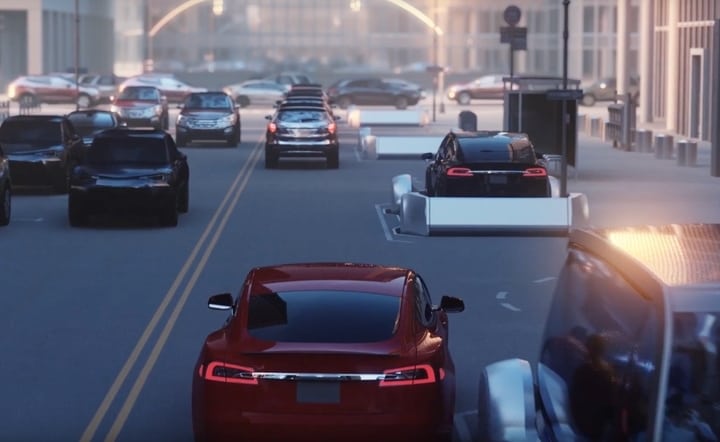
Teslarati
To get underground, the cars will pull onto a platform that takes them downwards, whereupon they would be transported at speeds of up to 130 miles per hour. The project Musk thinks will assuage the pain of traffic and provide a new way in which to travel through busy cities.
27. Flying Cars
Another interesting possibility for future travel is the flying car. Uber, for instance, has invested over 20 million dollars to get cars flying within the next five years. Other companies are making similar moves, working with startups and the like to get cars off of the ground and into the air.

Go Nizamabad
While aerial vehicles might seem far off, the number of forward-thinking startups oriented toward trying to solve their engineering problems makes the likelihood seem more plausible than not. And so, many companies have attempted time and time again to make them a recreational possibility. Frustratingly, 2015 came and went and we still don’t have our Back to the Future-esque flying cars quite yet.
28. Space Travel
Travel into space is turning into another possibility for our future selves. While “space” might just mean low-earth orbit, it still means beautiful skies, solitude, and high altitudes. The commercialization of this flight into the dark depths of space means new and exciting things for those who can afford it.
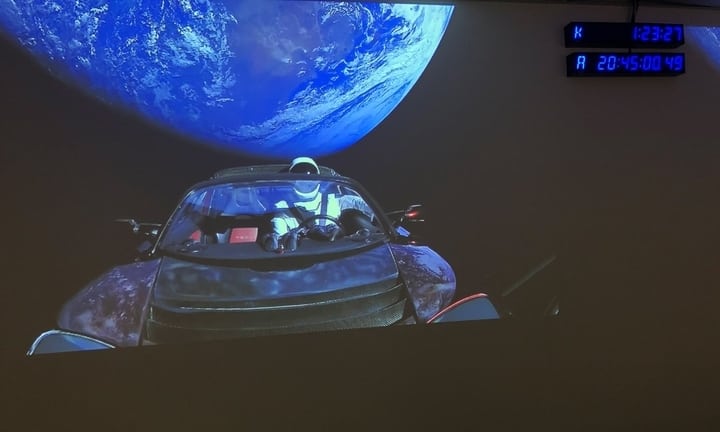
CAR Magazine
With the advent of travel into space comes the advent of a new type of pastime—the luxury cruise through low-earth orbit. These cruises will likely first take hold among the upperclass elite, but eventually they will trickle down in affordability to those in the middle class. These cruises will likely reshape the landscape for cars even further.
29. High Speed Railways
Railways as an alternative to driving provide a strong method through which to absolve our dependency on cars. First off, they would implement many of the same changes as would a switch to driverless cars: you could spend your commute time doing anything from sleeping to reading to working on your laptop.

Daily Mail
Modified train systems would also alleviate many of our problems with traffic, car abundance, and pollution, since they would reduce the net number of cars that people own. They would also help us get to our destinations faster if effectively built. This is why many are still pursuing these trains as suitable ways through which to replace cars and their ilk.
30. The Death of Cars
Wherever the future of transport ends up, it seems our traditional methods of movement are on their way out. Driving is becoming increasingly electric, and most of this development is steering us toward driverless cars. These changes will likely push cars into the recedes of history—a mere historical footnote.

Co.Design
Other than driverless cars, the development of high-speed railways, ride-sharing, and trends in the younger generations are pushing us further and further from traditional cars. If you find this at all dismaying, perhaps take solace in the fact that you can sleep in a driverless car.